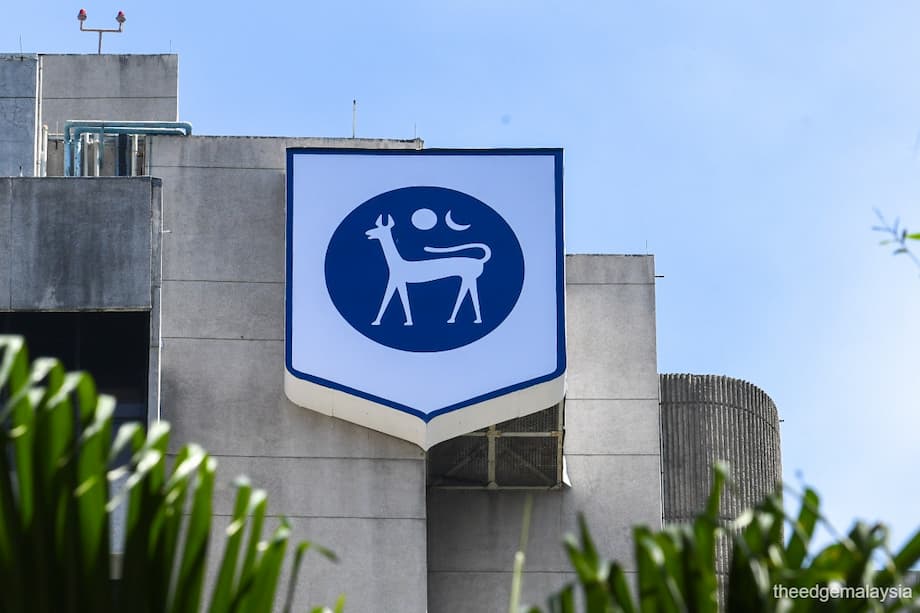Why the new peak matters
Malaysia’s international reserves climbed to US$122.8 billion as at September 12, 2025, according to Bank Negara Malaysia, setting a new decade high. The increase of about US$100 million from end August extends a steady run up over recent months. The reserves cover 4.8 months of imports of goods and services and equal 0.9 times Malaysia’s short term external debt, two benchmarks that investors watch to gauge external resilience.
International reserves are the financial firepower a country can marshal in foreign currency. They are held by the central bank to manage the exchange rate, honor external obligations, and maintain confidence during periods of market stress. A higher buffer gives policy makers more room to respond to swings in capital flows or commodity prices without resorting to abrupt measures.
The latest level strengthens Malaysia’s defenses in a year marked by a strong United States dollar, shifting global interest rates, and choppy portfolio flows across emerging markets. It comes alongside contained domestic inflation and moderate growth, factors that shape the central bank’s policy stance and the behavior of the ringgit in the foreign exchange market.
Headline indicators on the central bank’s website point to a stable backdrop. The Overnight Policy Rate stands at 2.75 percent as of early September, the 10 year government bond yield is about 3.41 percent, and inflation was 1.3 percent year on year in August. The ringgit traded near 4.21 to the US dollar at the midday reference rate, levels that influence the valuation of reserve assets when reported in US dollars.
What sits inside the reserves
Bank Negara reports the composition as follows: foreign currency reserves at US$109.2 billion, the reserve position with the International Monetary Fund at US$1.3 billion, Special Drawing Rights at US$5.9 billion, gold at US$4.1 billion, and other reserve assets at US$2.3 billion.
Special Drawing Rights are an international reserve asset created by the IMF and valued against a basket of major currencies. Countries can exchange SDRs for hard currency when needed, and the allocation also moves with valuation changes in the basket.
A steady climb through July and August
The reserve stock has grown in small steps across recent reporting dates. It stood at US$121.3 billion on July 31, rose to US$122.0 billion by August 15, and reached US$122.7 billion on August 29. The move to US$122.8 billion as at September 12 continues that pattern.
Bank Negara publishes the balance every two weeks. Day to day changes can reflect net foreign exchange operations, receipts and payments by the government and the banking system, valuation changes from currency movements, and shifts in the market prices of reserve assets such as bonds and gold.
How Bank Negara gauges adequacy
Malaysia assesses reserves against two widely used yardsticks. The first is import coverage. Under the current methodology, reserves are measured against imports of goods and services rather than only retained goods, a change made to better reflect the modern structure of trade. The second is the ratio to short term external debt. These indicators are standard in central bank communications and give a quick view of external buffers.
In its latest update, Bank Negara Malaysia explained why the short term debt metric does not mechanically translate into pressure on official reserves, because much of the borrowing sits in banks and multinational firms that hold their own foreign assets.
The central bank said in the statement as at September 12 that these short maturity obligations are expected to be serviced without calling on official reserves.
“These obligations can be met through the normal course of business using the borrowers’ own external asset holdings, and therefore do not pose any claims on BNM’s international reserves.”
By the import benchmark, a cover of 4.8 months sits well above traditional comfort levels of about three months often cited in economic textbooks. By the debt benchmark, a ratio close to one time signals the banking system and large corporates play an important role in managing their own foreign liquidity.
Ringgit moves and valuation effects
Reserves are reported in US dollars, so currency swings can change the headline even when the underlying holdings are unchanged. If the dollar appreciates against currencies held in the portfolio, the reported total can dip even without net sales. The reverse is also true.
Around mid September, the ringgit traded near 4.21 per US dollar at the midday reference rate published by Bank Negara. The Federal Reserve H.10 release for the same week showed a firm US dollar across many trading partner currencies. A stronger dollar tends to push down the US dollar value of non dollar assets, while movements in gold prices and global bond yields also shift valuations.
What the buffer does for businesses and households
A healthy reserve stock offers practical benefits to the real economy.
Key channels include:
- Supporting orderly foreign exchange market conditions and smoothing excessive volatility when demand for foreign currency surges
- Providing assurance to importers and exporters that foreign currency will be available to settle trade and finance transactions
- Anchoring confidence among investors and rating agencies by signaling capacity to manage external shocks
- Offering room for liquidity operations if global funding conditions tighten, reducing the risk of abrupt credit strains
Malaysia’s relatively low inflation and moderate policy rate give the central bank policy space. Reserves add another layer of resilience, allowing measured responses instead of abrupt defensive moves during external shocks.
What could move the reserves next
Several drivers can lift or trim the next few readings. Many sit outside direct policy control and reflect global conditions.
- The monthly trade balance and the timing of large energy and commodity receipts or payments
- Portfolio flows into or out of Malaysian bonds and equities as global risk appetite shifts
- Interest rate differentials between Malaysia and major economies, which can influence currency and capital flows
- External debt service schedules in the banking system and among multinational firms
- Prices of crude oil and palm oil, which affect export earnings and corporate foreign currency needs
- Movements in gold prices and the valuation of the SDR currency basket
- Exchange rate changes of major currencies against the US dollar that alter the reported US dollar value of non dollar assets
Malaysia in regional context
Emerging economies often aim to hold a buffer that covers at least three months of imports. Malaysia’s 4.8 months metric exceeds that reference point. Within Southeast Asia, countries with open capital accounts and active trade lanes generally hold sizeable reserves for insurance against shocks to capital flows or terms of trade.
Malaysia’s gross external debt stood at about RM1.4 trillion in the second quarter of 2025, a figure that includes long term and short term obligations across the public and private sectors. The structure of that debt, and the fact that many borrowers hedge or hold external assets, influences how much pressure falls on official reserves during periods of stress.
At a Glance
- International reserves reached US$122.8 billion as at September 12, 2025, a decade high
- Up about US$100 million from August 29 and up from US$121.3 billion on July 31
- Coverage equals 4.8 months of imports of goods and services
- Reserves equal 0.9 times Malaysia’s short term external debt
- Composition includes foreign currency US$109.2 billion, SDRs US$5.9 billion, gold US$4.1 billion, IMF reserve position US$1.3 billion, other assets US$2.3 billion
- BNM posts updates every two weeks, with levels also affected by valuation changes
- OPR at 2.75 percent, CPI at 1.3 percent in August, and 10 year government bond yield near 3.41 percent
- Ringgit traded around 4.21 per US dollar at the midday reference rate in mid September




